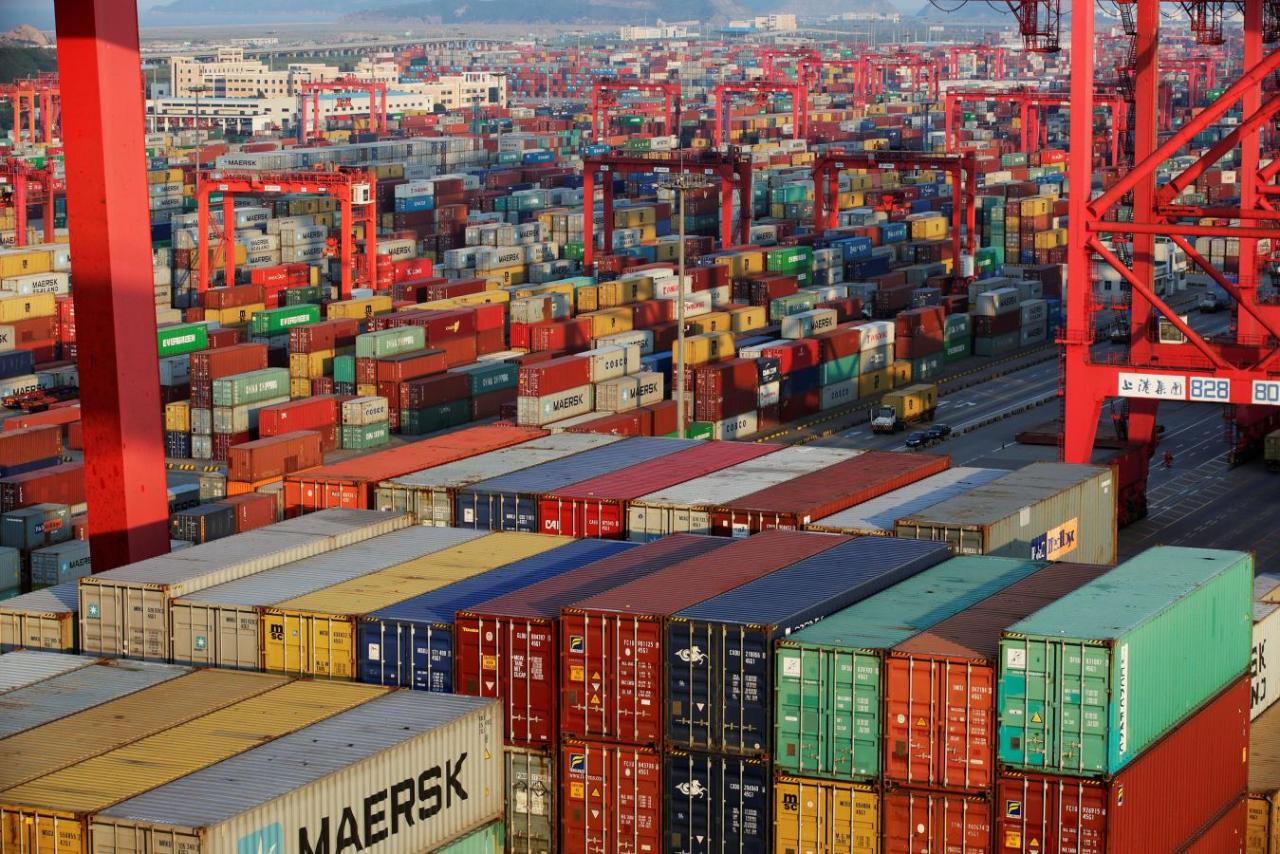Russia is exploring the idea of setting up free trade zones, after Deputy Prime Minister Dmitry Rogozin met with Chinese officials and saw the effects of free trade areas during his recent trip to Chongqing, China, from October 29-30.
“We consider very interesting the experience of China on the establishment of experimental areas that proved its effectiveness. We are pleased to see the result with my own eyes,” said Rogozin who visited the Changan automobile plant.
Along with Chinese Vice Premier Wang Yang, Rogozin co-chaired what was the 21st meeting of the Joint Commission for the Regular Prime Ministers' Meetings of China and Russia, in China's Chongqing Municipality. The meeting, which covered issues as far-ranging as bilateral trade, energy, borders and humanitarian cooperation, provided a preparatory framework for an upcoming meeting between the Chinese premier and Russia’s prime minister.
Rogozin appeared impressed with Chongqing’s progress as both a transit route and trade hub, located in south-central China.
“Chongqing city was assigned as one of 11 pilot free trade zones to transform the region into a major logistics hub within the ‘One Belt and One Road’ project,” Rogozin noted. “This free trade area could become the locomotive of the economic development of the Yangtze river basin.”
China’s 11 free trade zones reflect Beijing’s eagerness to liberalize the country’s trade and investment spheres. In March, the government approved the creation of seven of the zones, located in Liaoning, Zhejiang, Henan, Hubei, Chongqing, Sichuan and Shaanxi. Officials are hopeful that the zones will increase China’s levels of economic openness and facilitate foreign access to China’s markets, in turn improving the business climate for foreign companies.
Just last week, the American car manufacturer Tesla announced it may be taking China up on its offer of free trade for foreign companies. The Wall Street Journal reported that the electric car maker, named in honor of the electrical engineer Nikola Tesla, reached an agreement with the government of Shanghai to set up an assembly plant there.
But the U.S. is not the only country impressed with China’s offer for liberalized trade opportunities, as Rogozin’s comments during his visit to Chongqing show. Rogozin also cited significant growth in trade between the two countries over the first eight months of 2017.
"Thanks to joint efforts this year, bilateral trade has grown, increased by a third in eight months and exceeds $54 billion," Rogozin said, according to reports by Russia’s RT news media.
Russian-Chinese trade relations have steadily been building since 1991, following the collapse of the Soviet Union, in which energy resources play a central role. Russia was energy-hungry China’s single largest oil supplier in 2016, overtaking Saudi Arabia. Russia’s oil giant Rosneft is reportedly aiming to further increase its crude oil deliveries to China, as Russia looks to boost its trade and energy ties with what is the world’s biggest crude oil importer and top driver of global oil demand.
Moscow and Beijing are looking to boost annual bilateral trade from $69.52 billion in 2016 to $80 billion by 2018, and to $200 billion by 2020. China is actively developing its OBOR project, which will connect all of Asia to Europe through overland routes that will traverse Caspian region countries, including Russia, Kazakhstan and Azerbaijan. Beijing is also investing in a high-speed railway to connect it to Moscow.







 The Mine Action Agency of Azerbaijan (ANAMA) reported on Thursday the discovery of a significant amount of explosives in the Khojavand district of ...
The Mine Action Agency of Azerbaijan (ANAMA) reported on Thursday the discovery of a significant amount of explosives in the Khojavand district of ...
 Azerbaijan officially unveiled the logo for the upcoming 29th session of the Conference of the Parties to the United Nations Framework Convention o...
Azerbaijan officially unveiled the logo for the upcoming 29th session of the Conference of the Parties to the United Nations Framework Convention o...
 The Kazakh authorities have increased their arbitration claims against international oil companies involved in the development of the Kashagan oil ...
The Kazakh authorities have increased their arbitration claims against international oil companies involved in the development of the Kashagan oil ...
 Iran’s Foreign Minister, Hossein Amir-Abdollahian, has labeled a foiled Israeli drone attack in certain parts of the country as a "failure" for Isr...
Iran’s Foreign Minister, Hossein Amir-Abdollahian, has labeled a foiled Israeli drone attack in certain parts of the country as a "failure" for Isr...



